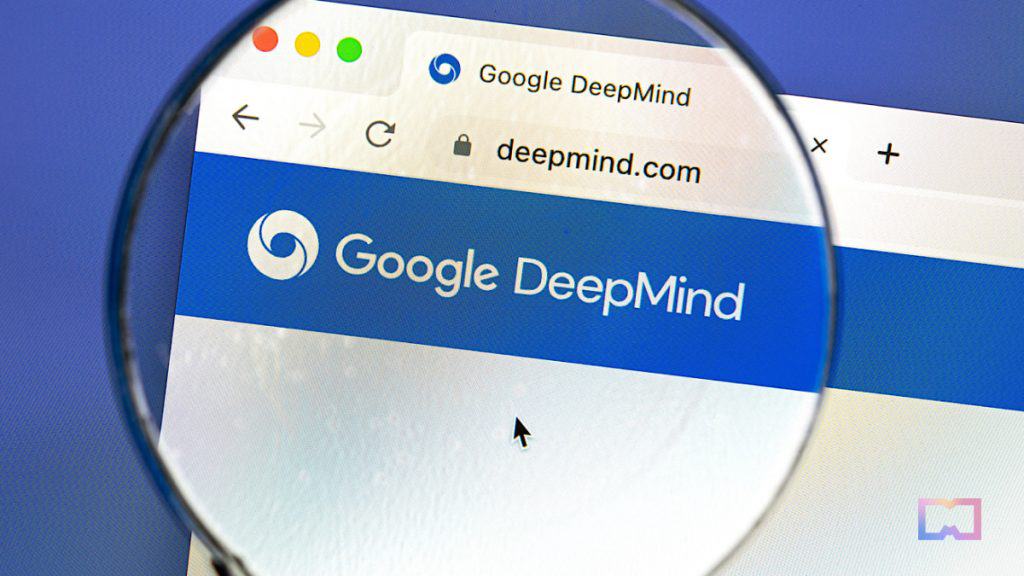Google Debuts SynthID To Tackle AI-Generated Fake Image Content


In Brief
Google Cloud partners with Google DeepMind and Google Research to launch SynthID, a tool watermarking and identifying AI-generated images.
SynthID counters genAI concerns identifying AI-generated images, empowering users and upholding media credibility.

Google Cloud, in partnership with Google DeepMind and Google Research, launched SynthID. Currently in beta, the tool aims to identify AI-generated fake images.
SynthID embeds an imperceptible digital watermark within image pixels, facilitating accurate identification while maintaining invisibility to the human eye. Initially, a limited subset of Vertex AI customers using Imagen, a text-to-image model that generates lifelike visuals from input text, had access to this technology.
As generative AI advances and synthetic imagery blurs the distinction between AI-created and genuine content, identifying such media becomes significant. According to Google, SynthID ensures responsible usage of AI-generated content and fights the spread of misinformation that might stem from altered images.
“Google Cloud is the first cloud provider to offer a tool for creating AI-generated images responsibly and identifying them with confidence. This technology is grounded in our approach to developing and deploying responsible AI, and was developed by Google DeepMind and refined in partnership with Google Research,”
Google DeepMind wrote in the blog post.
SynthID’s watermarking mechanism is distinct from conventional methods, as it remains detectable even after alterations such as adding filters, changing colors, and employing lossy compression techniques.
Its foundation lies in two deep learning models meticulously trained to collaborate in watermarking and identifying images.
The tool also provides three confidence levels for watermark identification, enabling users to assess the likelihood of an image’s origin. Importantly, SynthID’s watermarking approach aligns with other identification methods reliant on metadata, offering compatibility and resilience even if metadata is tampered with.
The Dangers of AI-Generated Content
Detecting AI-generated content has emerged as a challenge in the realm of artificial intelligence. These images, created by algorithms learning from vast datasets of genuine photographs, have the ability to replicate the appearance and style of diverse subjects, including faces, landscapes, artworks, and beyond.
As AI-generated content becomes more realistic and indistinguishable from authentic ones, it threatens the integrity and trustworthiness of digital media. For example, AI-generated images can be used to spread misinformation, manipulate public opinion, impersonate identities, or violate privacy. Therefore, methods and tools that identify and verify the sources and origins of AI-generated images are crucial.
“Being able to identify AI-generated content is critical to empowering people with knowledge of when they’re interacting with generated media, and for helping prevent the spread of misinformation,”
Google DeepMind stated.
Read more:
- ChatGPT’s watermarks can help Google detect AI generated text
- 6 AI ChatBot Issues and Challenges: ChatGPT, Bard, Claude
- China’s new content policy: Why media files created by AI must now be watermarked
Disclaimer
In line with the Trust Project guidelines, please note that the information provided on this page is not intended to be and should not be interpreted as legal, tax, investment, financial, or any other form of advice. It is important to only invest what you can afford to lose and to seek independent financial advice if you have any doubts. For further information, we suggest referring to the terms and conditions as well as the help and support pages provided by the issuer or advertiser. MetaversePost is committed to accurate, unbiased reporting, but market conditions are subject to change without notice.
About The Author
Agne is a journalist who covers the latest trends and developments in the metaverse, AI, and Web3 industries for the Metaverse Post. Her passion for storytelling has led her to conduct numerous interviews with experts in these fields, always seeking to uncover exciting and engaging stories. Agne holds a Bachelor’s degree in literature and has an extensive background in writing about a wide range of topics including travel, art, and culture. She has also volunteered as an editor for the animal rights organization, where she helped raise awareness about animal welfare issues. Contact her on [email protected].
More articles

Agne is a journalist who covers the latest trends and developments in the metaverse, AI, and Web3 industries for the Metaverse Post. Her passion for storytelling has led her to conduct numerous interviews with experts in these fields, always seeking to uncover exciting and engaging stories. Agne holds a Bachelor’s degree in literature and has an extensive background in writing about a wide range of topics including travel, art, and culture. She has also volunteered as an editor for the animal rights organization, where she helped raise awareness about animal welfare issues. Contact her on [email protected].

















































